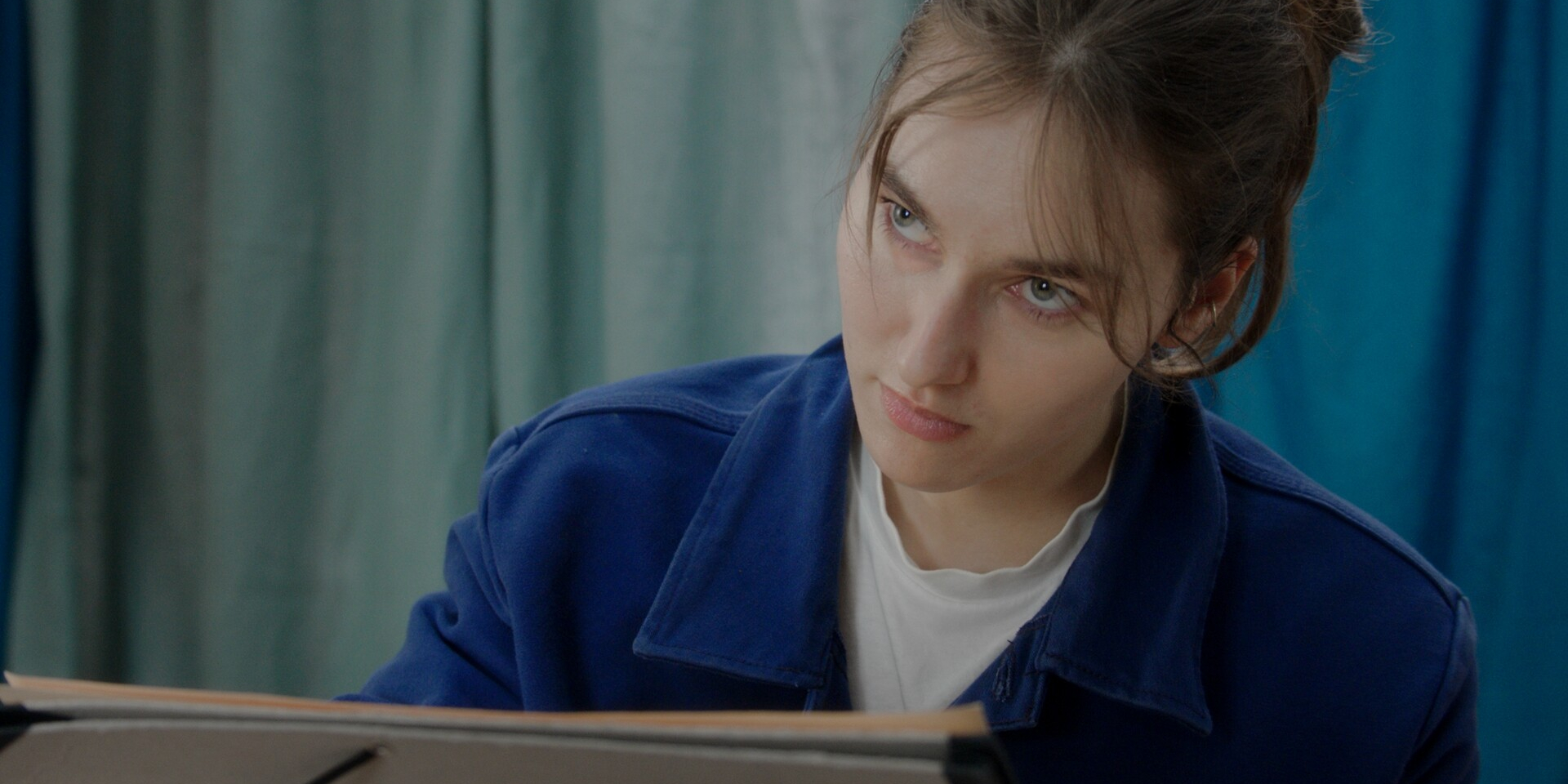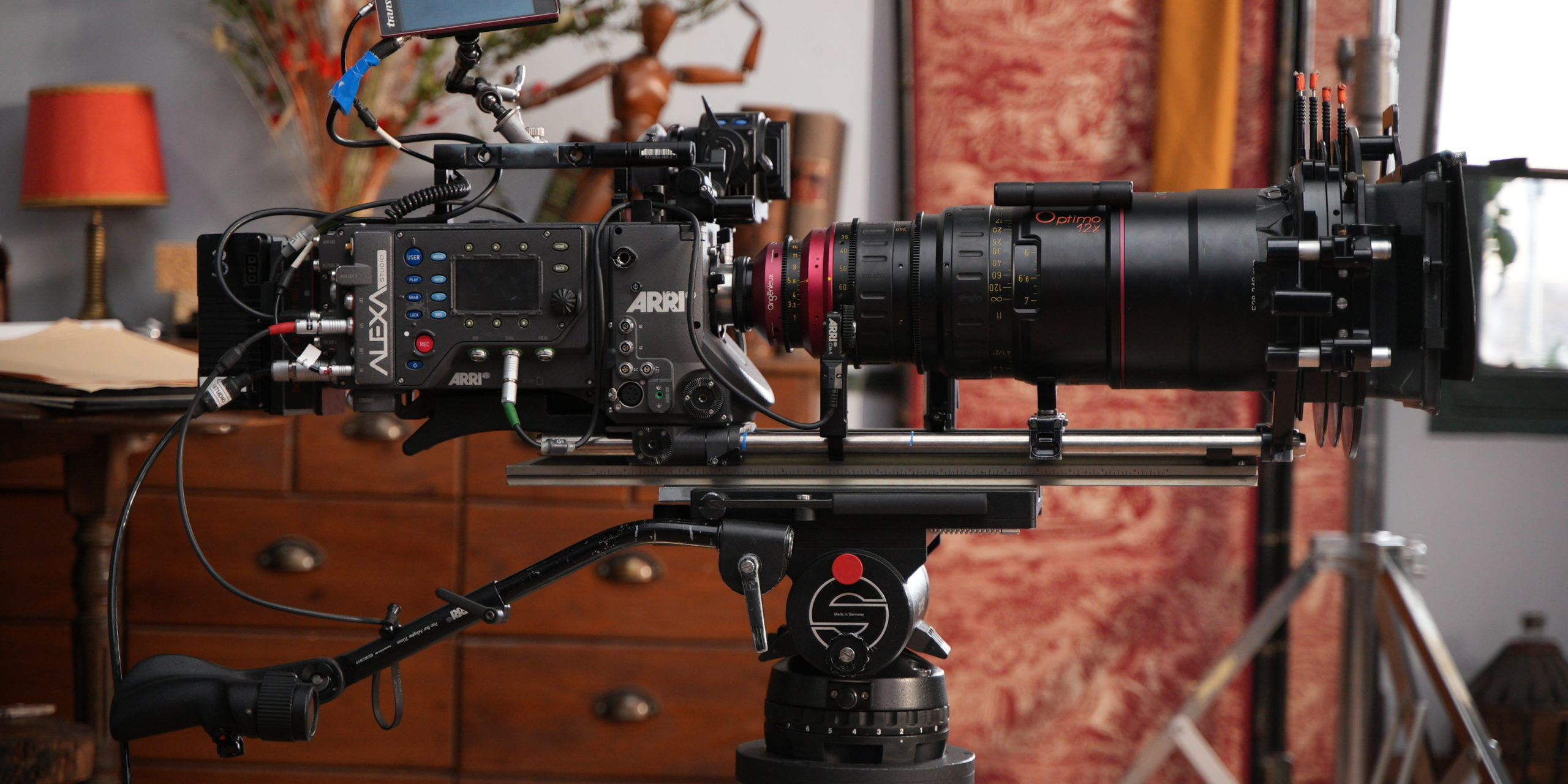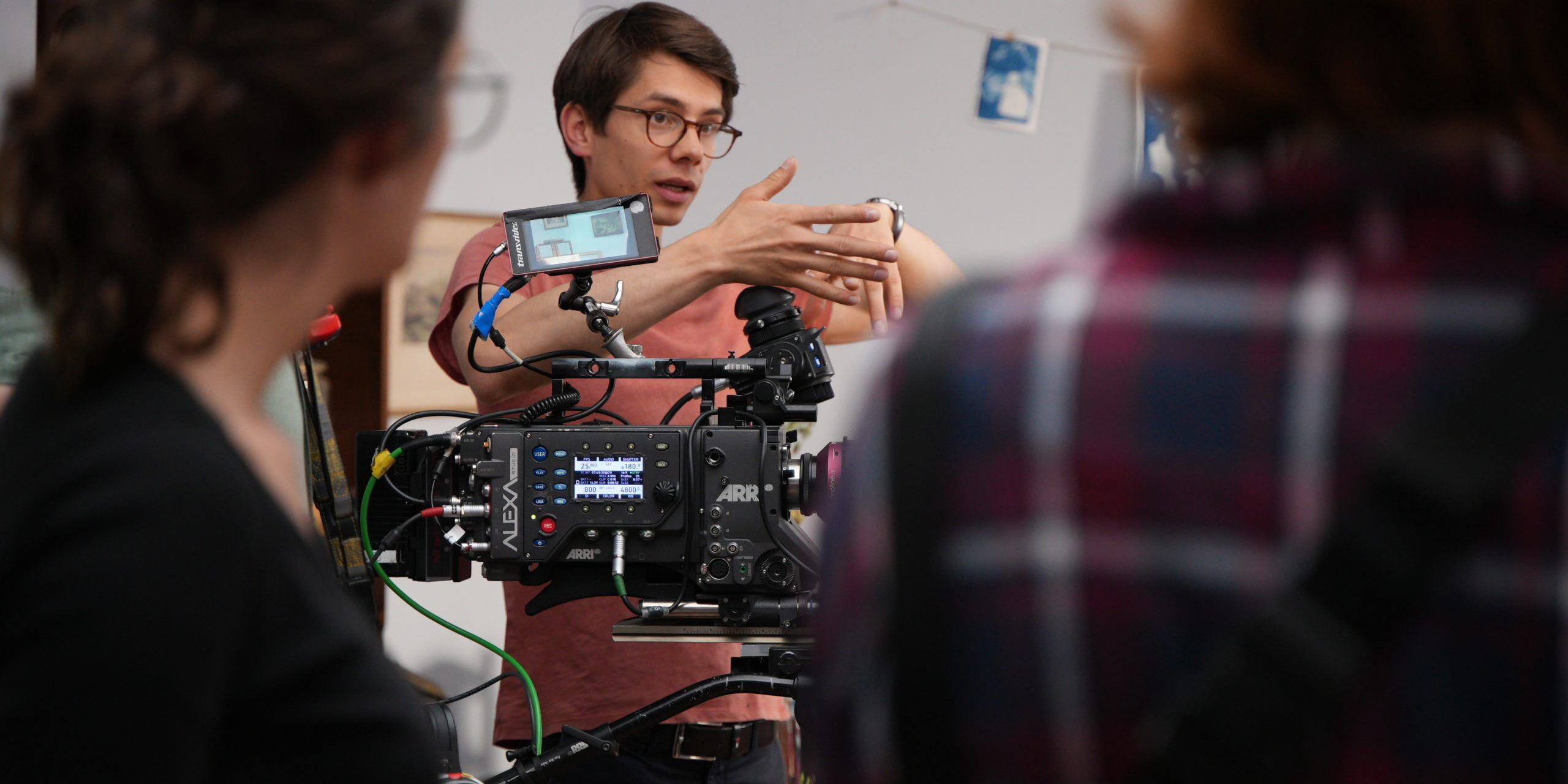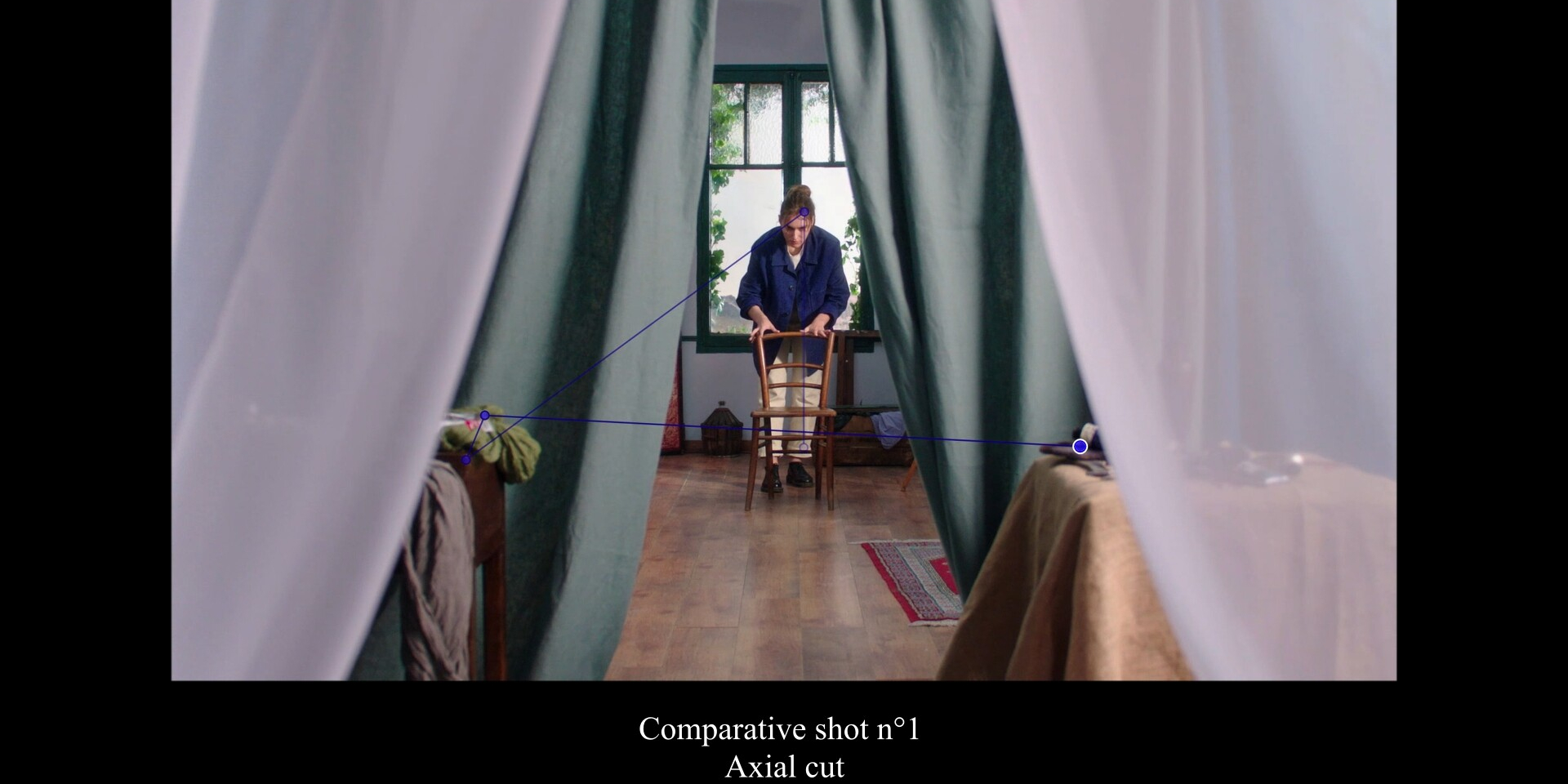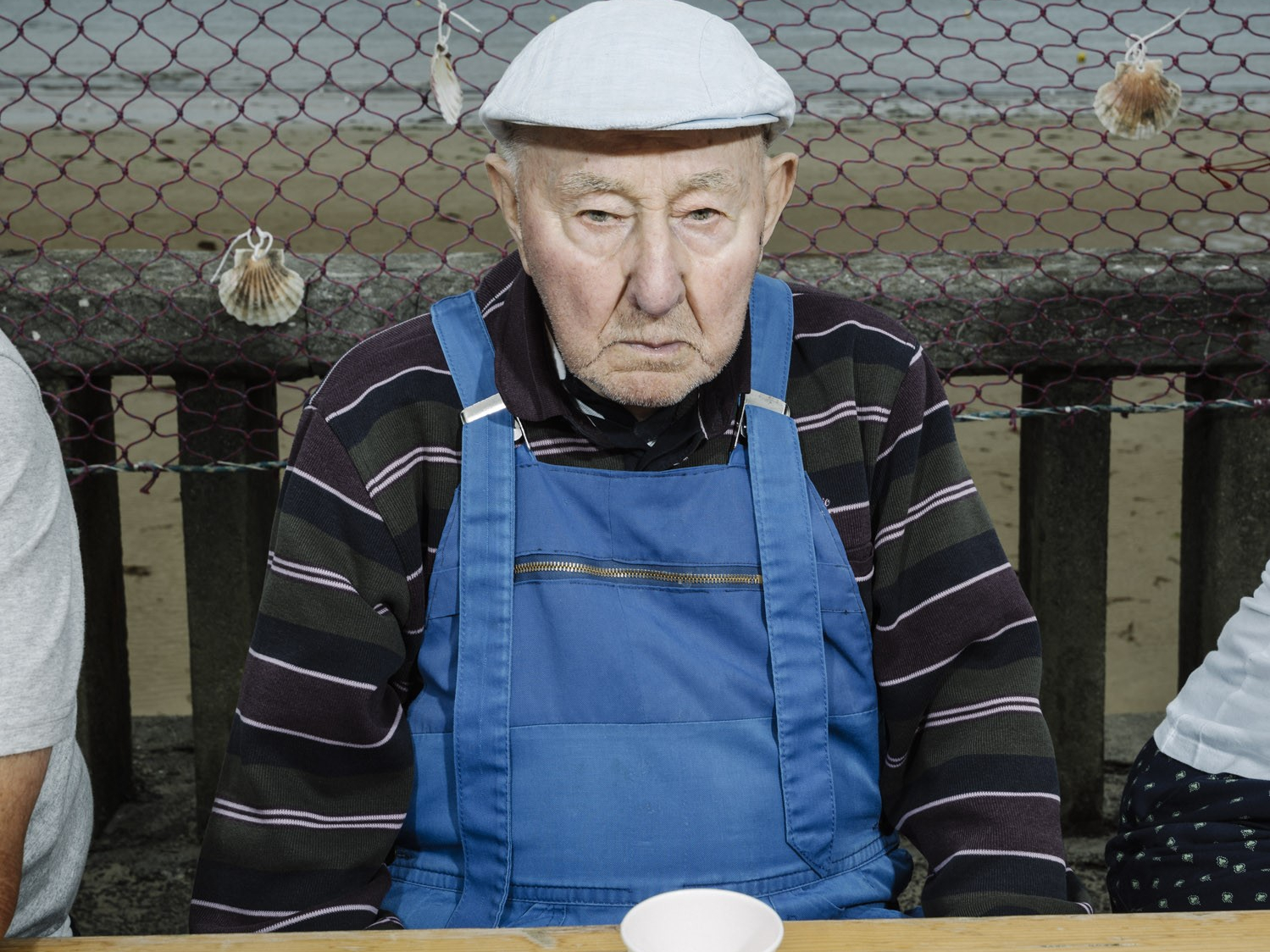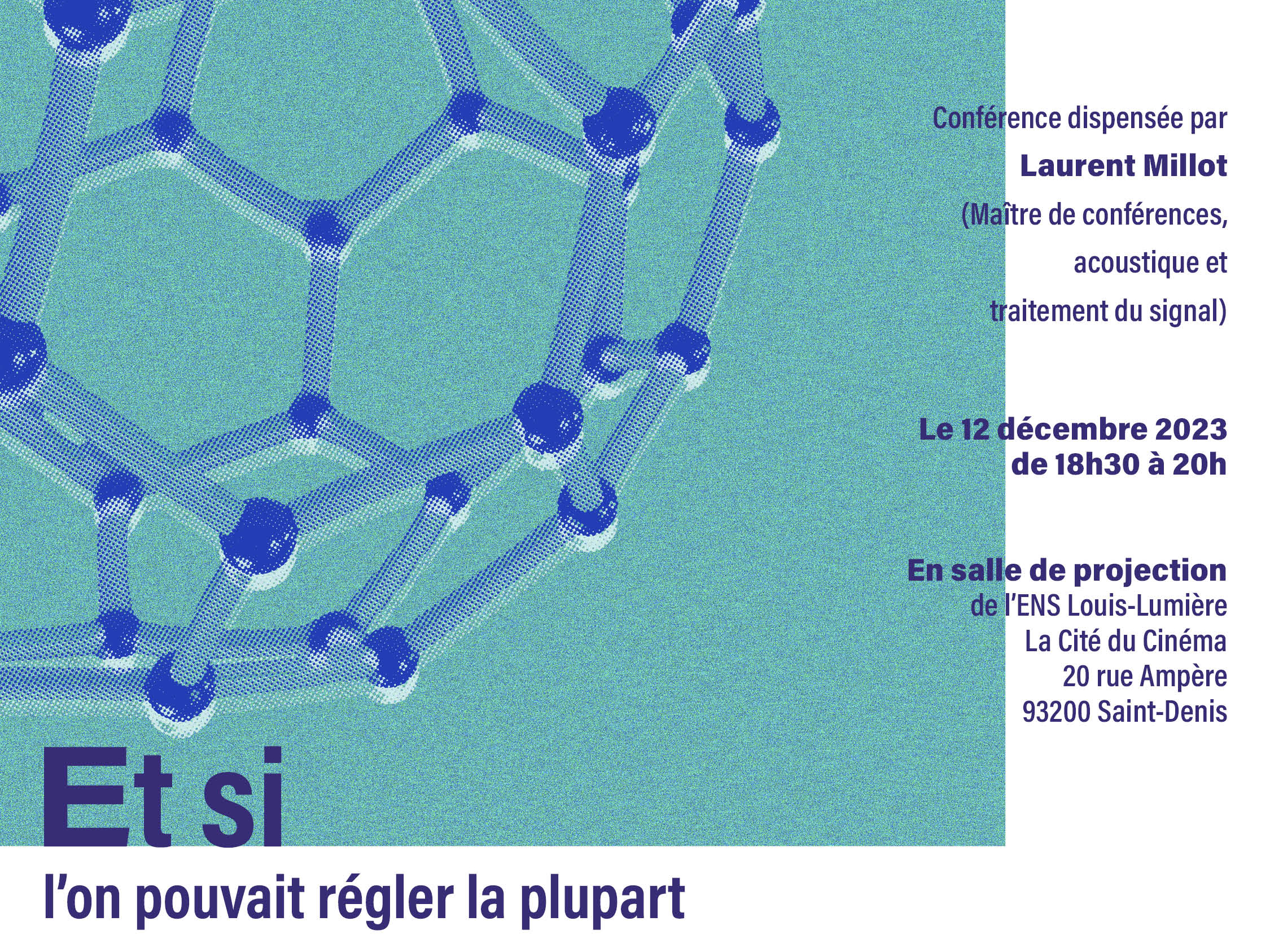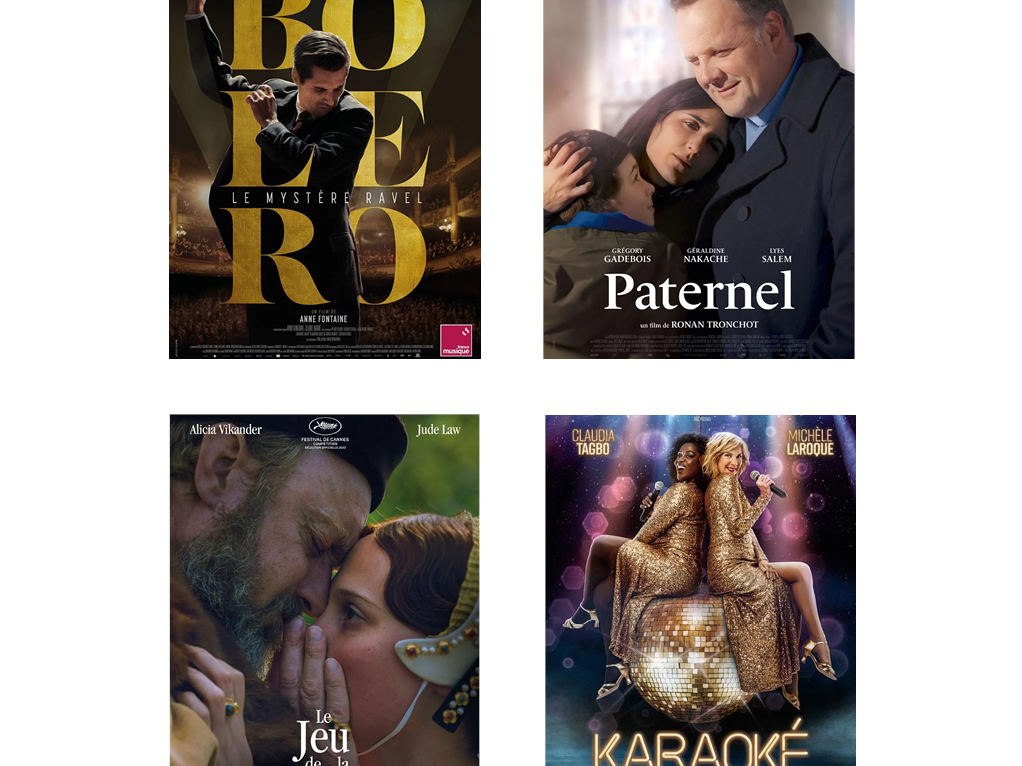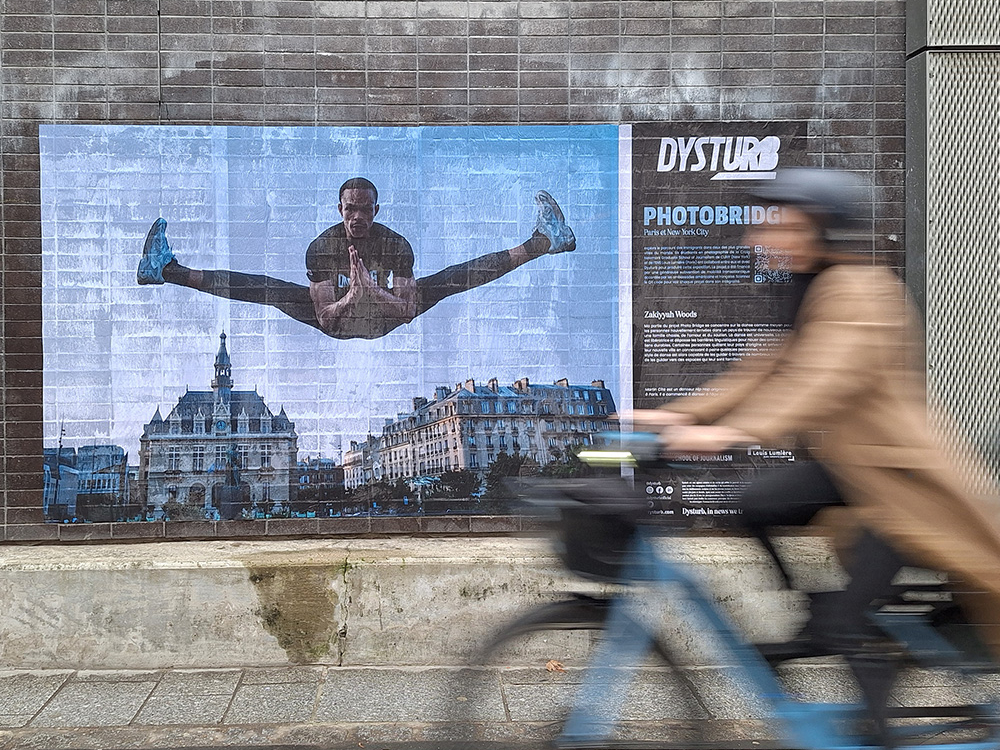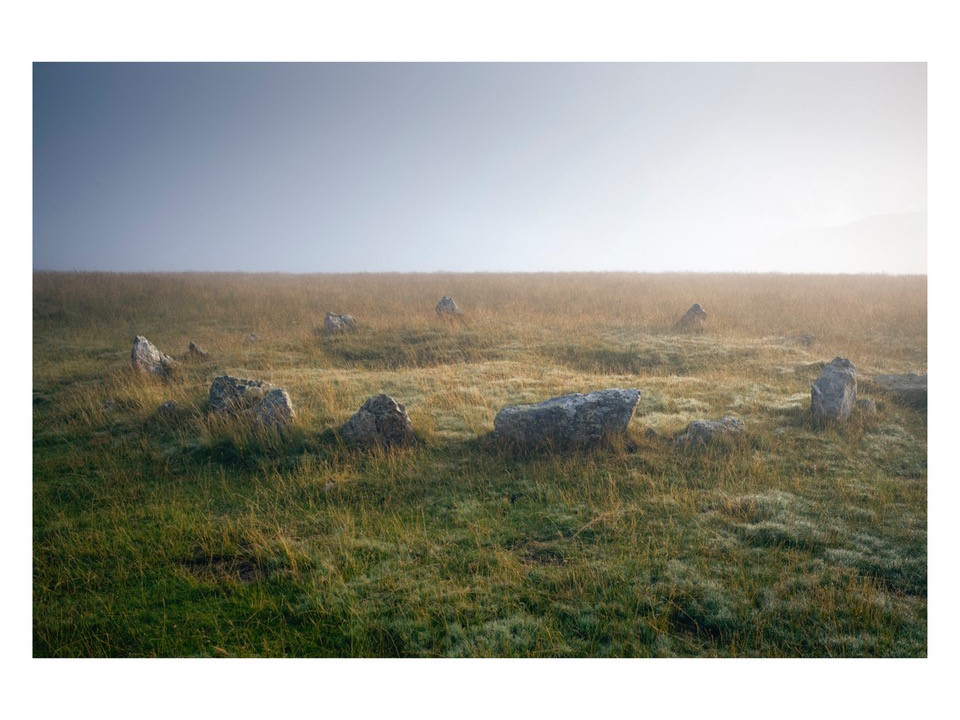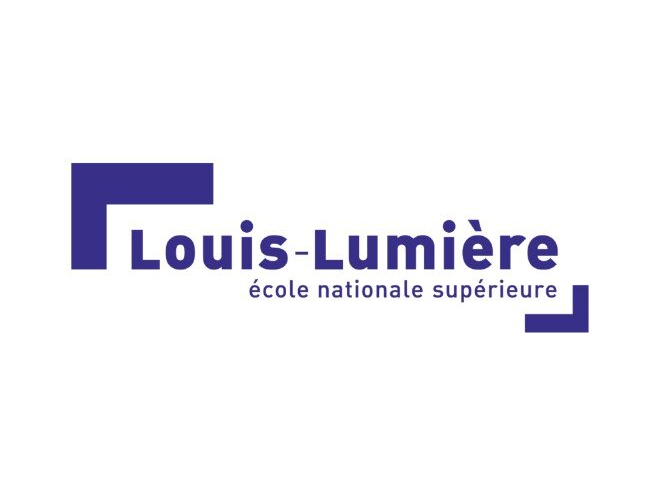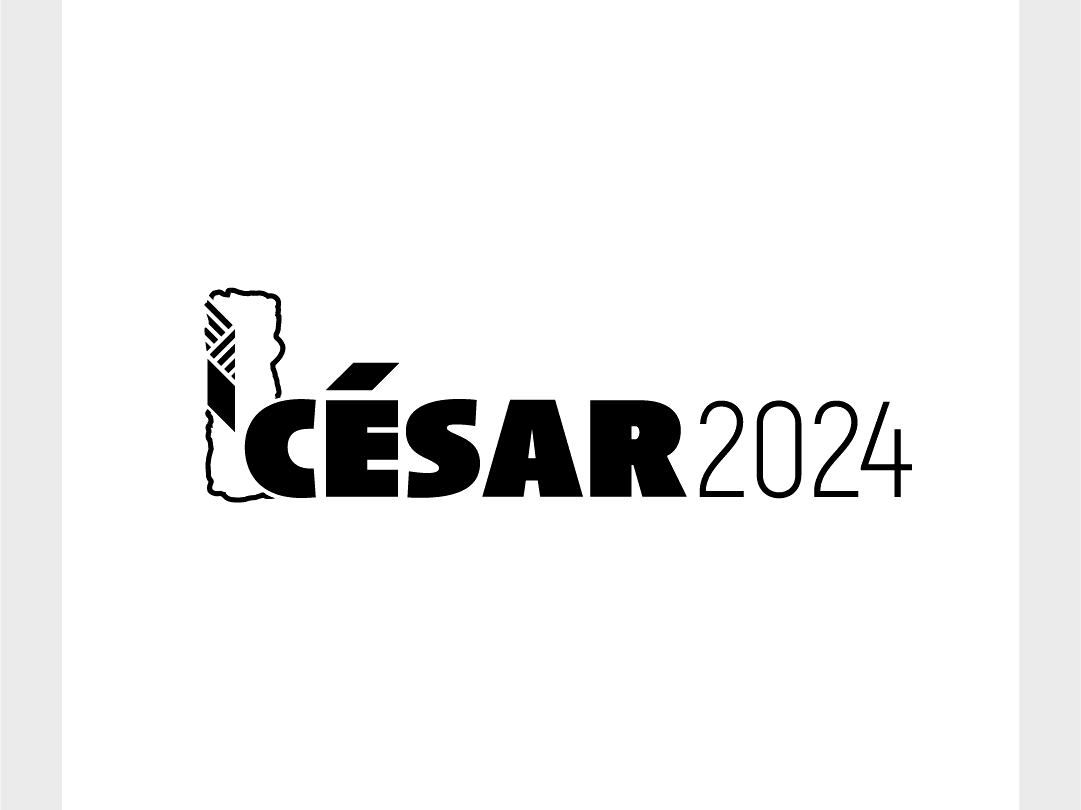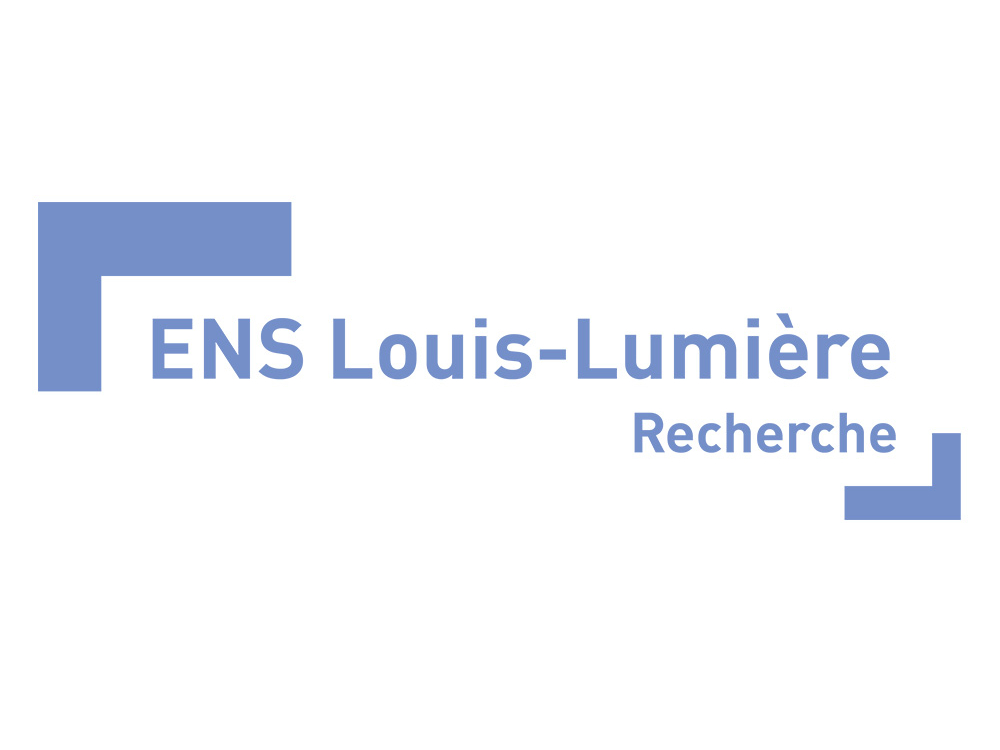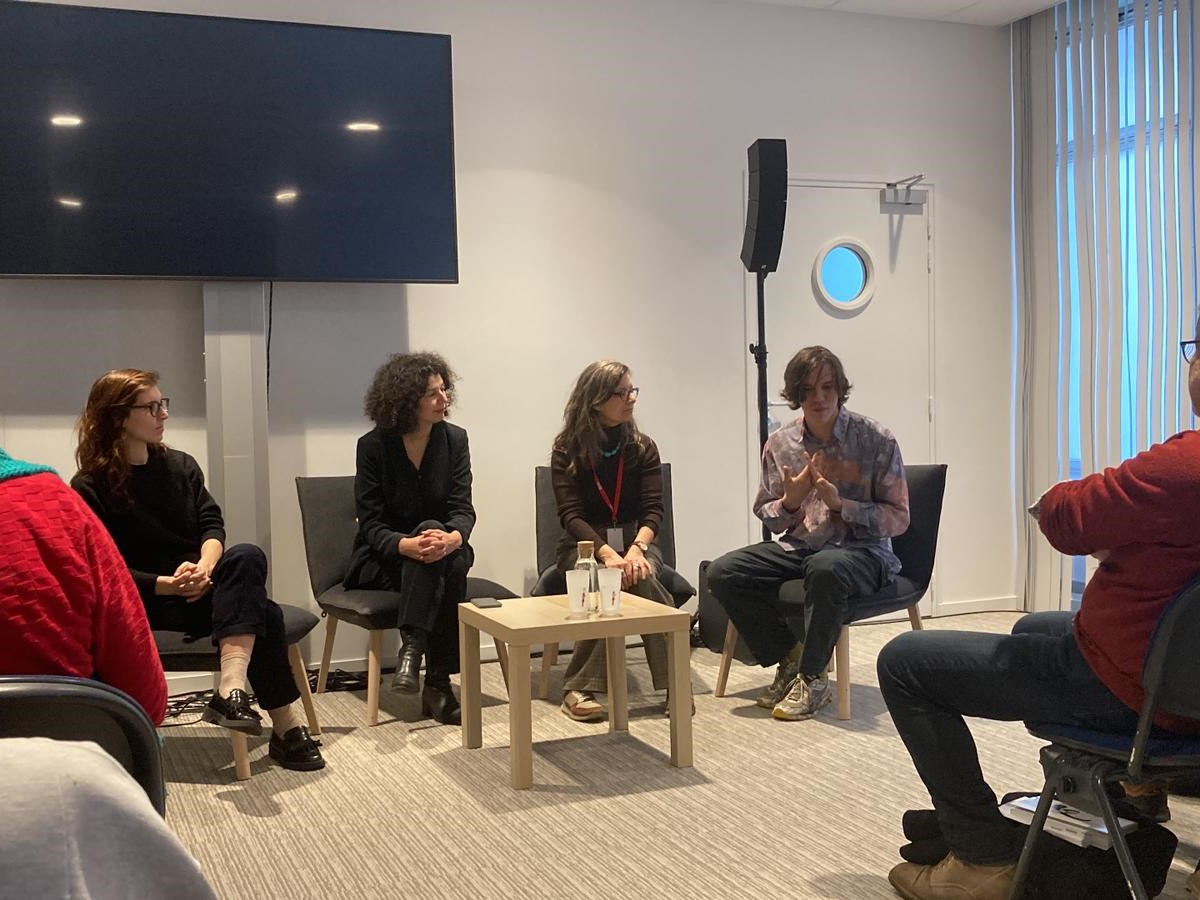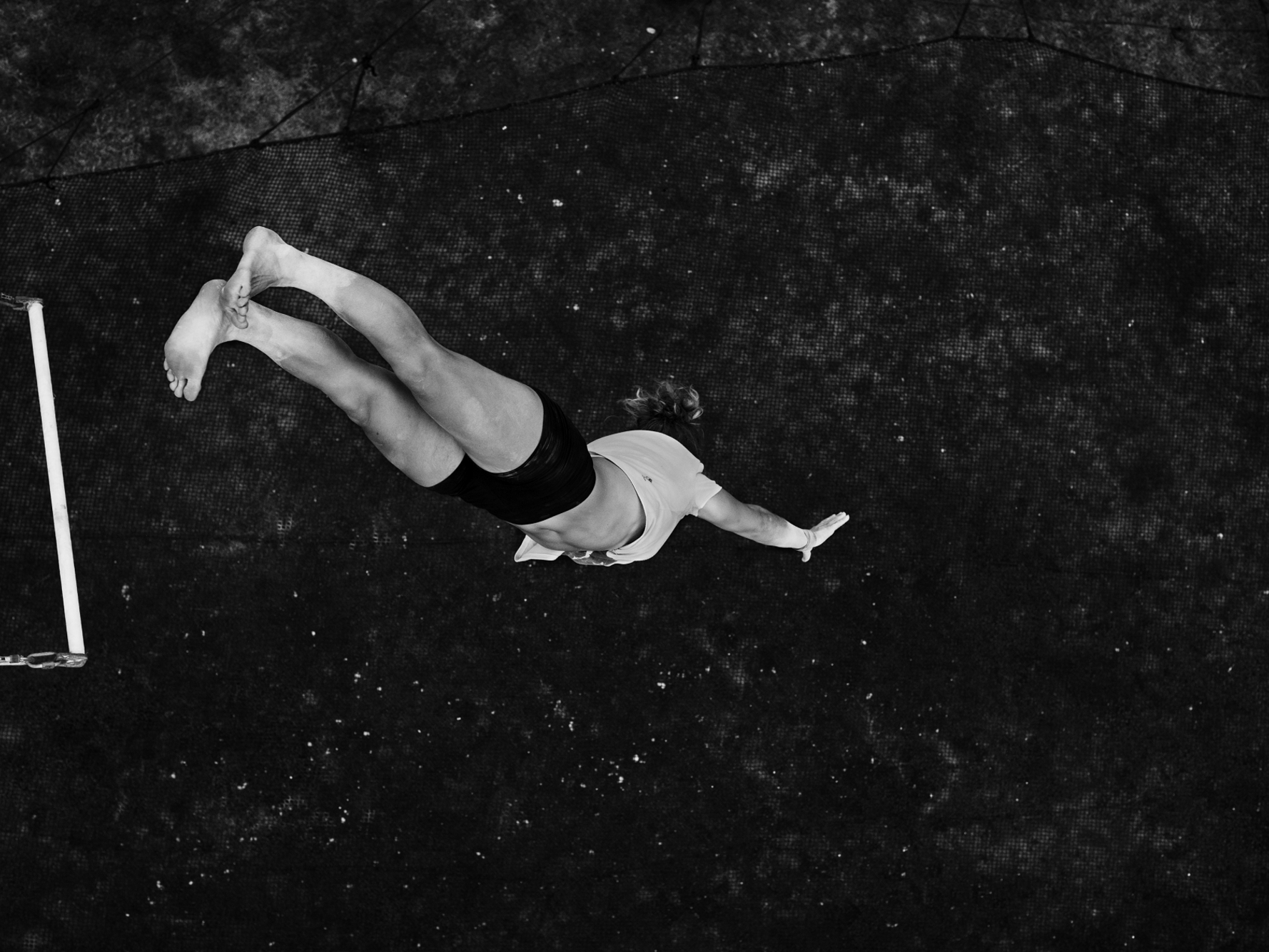Jeudi 19 mai 2022, à l’ENS Louis-Lumière était organisée en collaboration avec l’école de Münich (Hochschule für Fernsehen und Film München) une première demi-journée d’études, un première échange effectué en visio conférence riche de promesse pour l’avenir.
Cette visio conférence s’est déroulée en présence d’enseignants et d’étudiants des deux écoles, ainsi que d’étudiants de La Femis.

Guillaume PRADEL, étudiant à l’ENS Louis-Lumière, master cinéma, a présenté son travail sur le travelling et le zoom (sans les résultats des enquêtes encore en cours au moment de la conférence).
Un étudiant de l’école de Münich, Manuel LUBBERS, a exposé son travail sur la comparaison entre les capteurs de l’Alexa mini et celui de l’Alexa 65.
Il est déjà prévu que cette matinée d’échange soit suivie d’autres projets communs.

Présentation par les deux étudiants :
Manuel LUBBERS :
Large Format Look – Comparison between the Arri Alexa 65 and Alexa Mini
With the rising trend of large format digital cinema cameras (e.g. Alexa Mini LF / RED Monstro / Sony Venice / etc.) more and more people start discussing the „Large Format Look“. Because there are many misleading formulations and expectations on that specific Look, my thesis takes a detailed look at how the sensor size influences the digital image.
To make the greatest possible differences visible, I compare the super 35mm Alexa Mini with the 65mm Alexa 65, which is the largest sensor digital cinema camera on the market right now. For the test both of the cameras are mounted into a stereoscopic rig, so they are recording the same scene and action with the same perspective center simultaneously. The cameras are recalibrated after every lens change so the nodal points of both systems match perfectly.
By creating several test setups shot on different locations, I’m evaluating the Large Format Look based on the Crop Factor, Perspective, Distortion, Noise Performance, and Resolution. Using the benefits of the stereoscopic rig, I’m able to compare the images of both cameras side by side, as well as on split-screen while always having the same action being recorded. The results of my thesis have been published in print and online magazines such as „American Cinematographer“, „Cine Lens Manual“, „No Film School“ and many more. The thesis contains a high-resolution DCP as well as a written evaluation of the test results.
Guillaume PRADEL :
The Zoom, cinema’s Number 1 enemy?
Through my research, my project is to question the essentially negative preconceptions surrounding the zoom lens.
My research led me to explore the history of this special lens born in 1927, and to collect the testimonies of many professionals. It was also important to confront myself to the experience of shooting with a zoom lens.
My PPM (a PPM is the Practical Part of the thesis) is built around the logic of understanding this tool, and the aesthetic consequences of its use. The comparison with alternative options was also essential.
I have shot a short narrative sequence, including several shots for comparison. Those shots were filmed in 3 different versions: zoom, travelling, and straight jump cuts.
These different versions have been shown to a public so they can analyze and express their feelings and sensations. The public later filled a detailed psycho analysis questionnaire.
A number of viewers have also passed an eye tracker test, to record and analyze their gaze inside the image.
As a future director of photography, the aim was also to conduct a theoretical reflection about the work done on a shot list or a storyboard, and the implied collaboration with a film director.
In a classic feature film, the choice of shots, angles and scales is based on our preconceptions and experiences as viewers or DOPs, regarding the emotional impact of each framing possibility.
The final edit will take advantage of my research and observations to result in a short movie presenting the “best” possible option for each movement.
Actualités
À l’école et hors les murs
Les anciens au générique – Mars 2024
4 mars 2024
Communiqué en soutien à Judith Godrèche
27 février 2024
César 2024 & ENS Louis-Lumière
24 février 2024
Actualité de la Recherche – Aide à la publication d’ArTeC
23 février 2024
Retour en images – L’ENS Louis-Lumière à Longueur d’Ondes
15 février 2024
Grande commande Photojournalisme
13 février 2024

